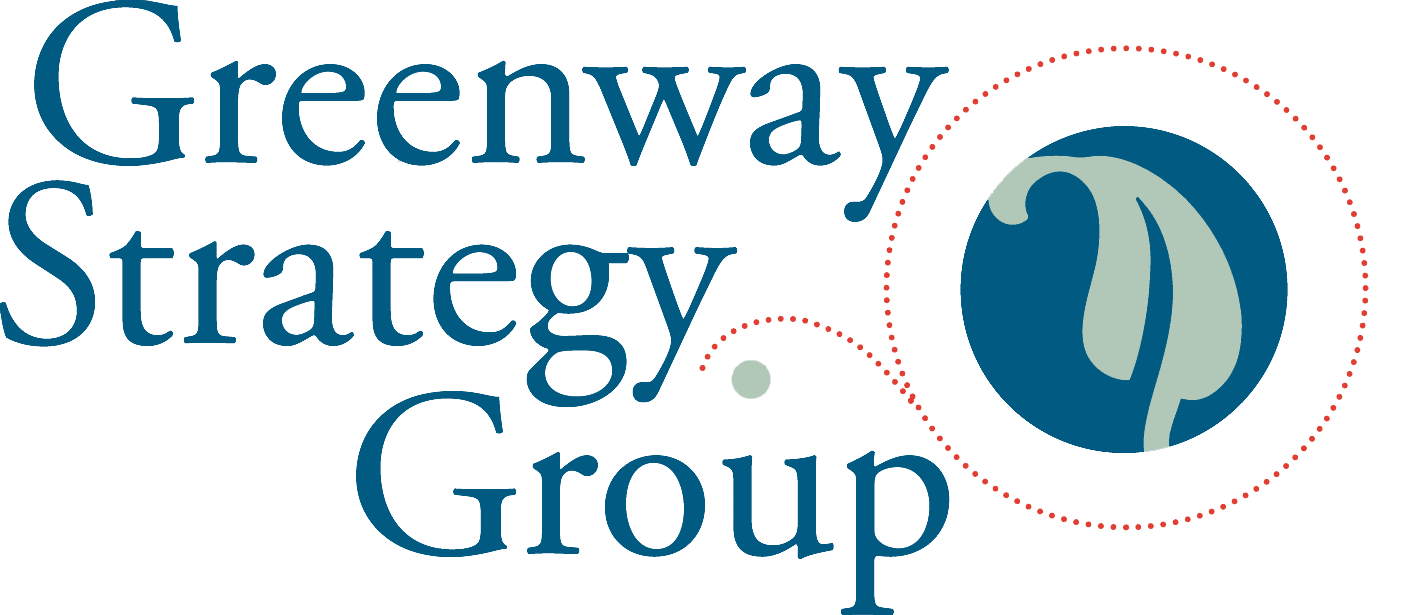The Role of Stakeholders in Strategy Development
and whose voice matters most?
Social impact organizations have a unique value chain, where those funding the organization include people who are not directly receiving the benefits. In developing a future strategy, all interests must be understood and balanced.
As reflected in the diagram below, the direct beneficiaries are the recipients of the goods or services of the social impact organization. In some instances, these beneficiaries may provide some direct payment in exchange for services, but this rarely represents the full cost of services.
Through the goods or services they receive, the direct beneficiaries are then able to achieve outcomes that contribute to the Greater Social Good. Examples of the Greater Social Good could include a well-educated public, a prepared workforce, economically self-sufficient families, clean air and water, physical or mental wellness.
This Greater Social Good provides value to the funders and champions by improving community conditions or creating community assets that are important to them.
In anticipation and recognition of this Greater Social Good, the funders and champions provide resources to the social impact organization.
In the strategy development process, perspectives across this value chain must be considered.
If the direct beneficiaries are not finding value in the services, they will not attain the intended outcomes – either because they will stop participating or because issues with service delivery will interfere with their progress. Therefore, their voice is crucial to determining how to grow and improve in the future.
Community stakeholders and thought leaders can provide important perspectives on the extent to which the outcomes of the organization are contributing to the Greater Social Good, and can also provide insights on how changes in the broader landscape may influence the organization’s future impact. These community stakeholders and thought leaders may include partner organizations, policy-makers, advocacy groups, research organizations, and subject matter experts.
The funders and champions must be considered, as they support the organization in exchange for certain larger societal benefits. Funders and champions can take many forms - such as legislators, government agencies allocating funds, private foundations, individual donors, volunteers, or sponsors. If the funder/champion no longer perceives that the social impact organization is creating community conditions or assets that they value, then they will cease to support it.
Finally, those working within the social impact organization at all levels must also be considered in strategy development. They bring important insights about the current organizational performance, many times with a lens that the leadership does not share. Additionally, if those doing the work are not engaged in defining the future strategy, they will not embrace it, understand it, and support its execution.
Ultimately, the interests and perceptions of direct beneficiaries, community stakeholders, funders and champions, thought leaders, and employees must be balanced in defining future strategy. Ideally, decisions about future strategic direction can address the interests of all parties. The value chain only works if everyone in it perceives that they are receiving something they value (whether tangible or intangible.)
In some extreme cases hard choices have to be made if these interests do not align, such as choosing to discontinue a service that is valued by beneficiaries but is not financially sustainable due to lack of funder interest, saying “no, thank you” to a funder who wants to pursue an approach that is not aligned to the needs of beneficiaries, or letting go of an employee in the social impact organization who cannot embrace the change needed to move the organization forward.
© GreenwayStrategyGroup2020


